|
What an amazing experience! I feel so grateful for being given the opportunity to take the C-MORE summer microbial oceanography course. When I reflect on the past 5 weeks it is incredible how much was covered in the lectures, research cruise and lab work. But perhaps the most valuable aspect of the course was the connections made working with the other C-MORE students and the faculty of the course. We came from from very diverse backgrounds but we all share a passion for better understanding the intriguing world of the very small in the ocean. I feel truly inspired to apply what I learned into my own research and in the future I hope to form collaborative projects with these bright and amazing scientists. Mahalo!
2 Comments
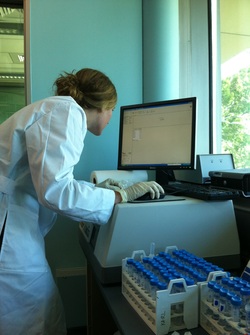 Measuring low level nutrients on a spectrophotometer Measuring low level nutrients on a spectrophotometer After ten days of research at sea on the cruise we brought back a ton of samples to analyze in the C-MORE labs. We measured nutrient concentrations, primary and bacterial production, chlorophyll a concentrations, ATP and particulate carbon, nitrogen and phosphorus. We spent the last week of the course running these samples in the lab and analyzing the data. We used these data along with data collected from the CTD, optical sensors and the genomic samples to make a 2 hour presentation on our findings. So much data! 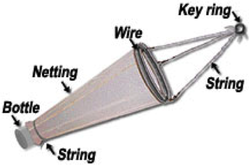 http://www.bigelow.org/foodweb/satellite2.html http://www.bigelow.org/foodweb/satellite2.html The most abundant forms of life at Station Aloha are those that cannot be seen by the naked eye. Bacteria, viruses, and most phytoplankton and zooplankton can only be seen using a microscope. In order to view the plankton in the water you can use a funnel shaped net called a plankton net which is dragged or "towed" through the water. The net allows water and very small particles flow through but collects plankton that are bigger than the mesh size. The plankton are concentrated in a bottle attached to the bottom of the net. The contents of the bottle (lots of phyto and zoo plankton!) can then be viewed under a microscope. We saw pennate and centric diatoms, radiolaria, copepods and much more. 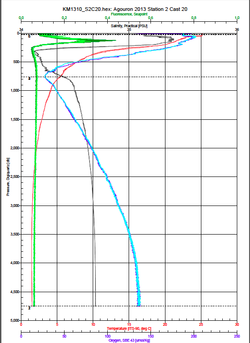 Deep CTD cast on 6.19.2013. Deep CTD cast on 6.19.2013. Station Aloha is approximately 4800 meters deep. During the research cruise we took 2 CTD casts from the surface waters down to the very bottom. The deep ocean water is cold and salty making it very dense. At the surface the water is a balmy 25 degrees Celsius (77 degrees Fahrenheit) while at depth it is near freezing temperatures! The deep waters also have high oxygen because the deep ocean water comes from the cold, oxygen-rich deep waters from the poles. The water is transported by large ocean currents that connect all oceans. This is called thermohaline circulation. The movement of water is driven by density differences and is sometimes described as the "great ocean conveyer belt". |
Sarah Q. FosterSarah is a 2nd year Ph.D. student in the Fulweiler Lab. This blog documents her experience taking a summer course "Microbial Oceanography: From genome to biome" at C-MORE at the University of Hawai'i at Manoa. ArchivesCategories |
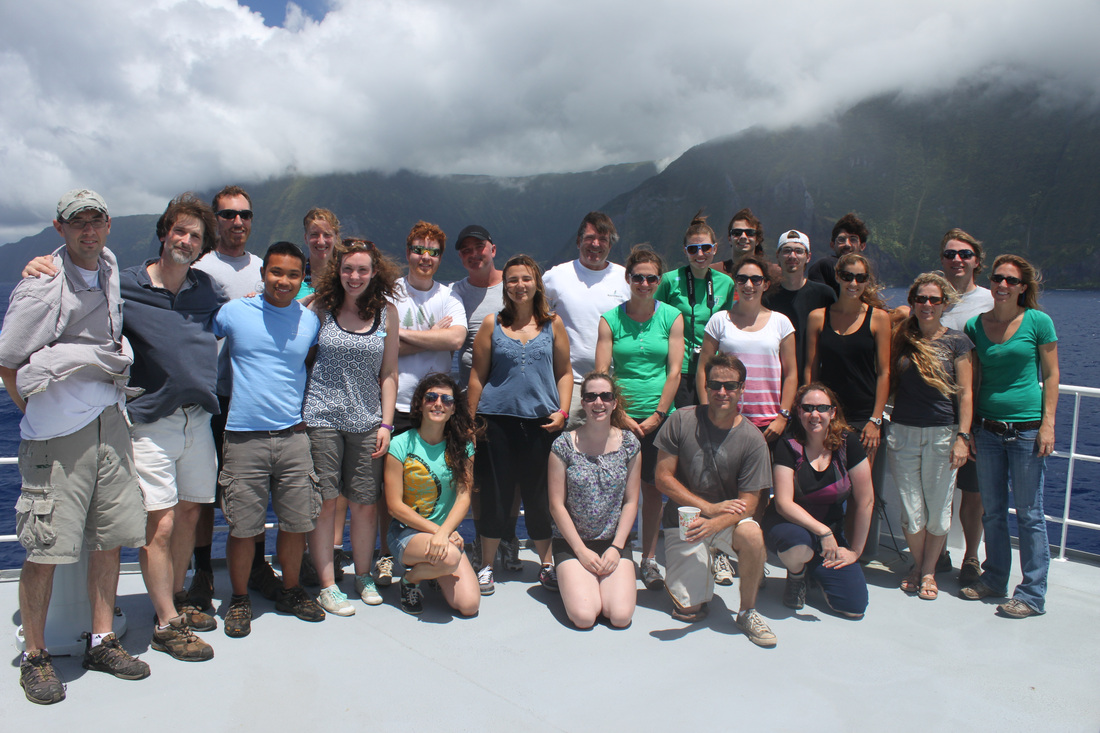
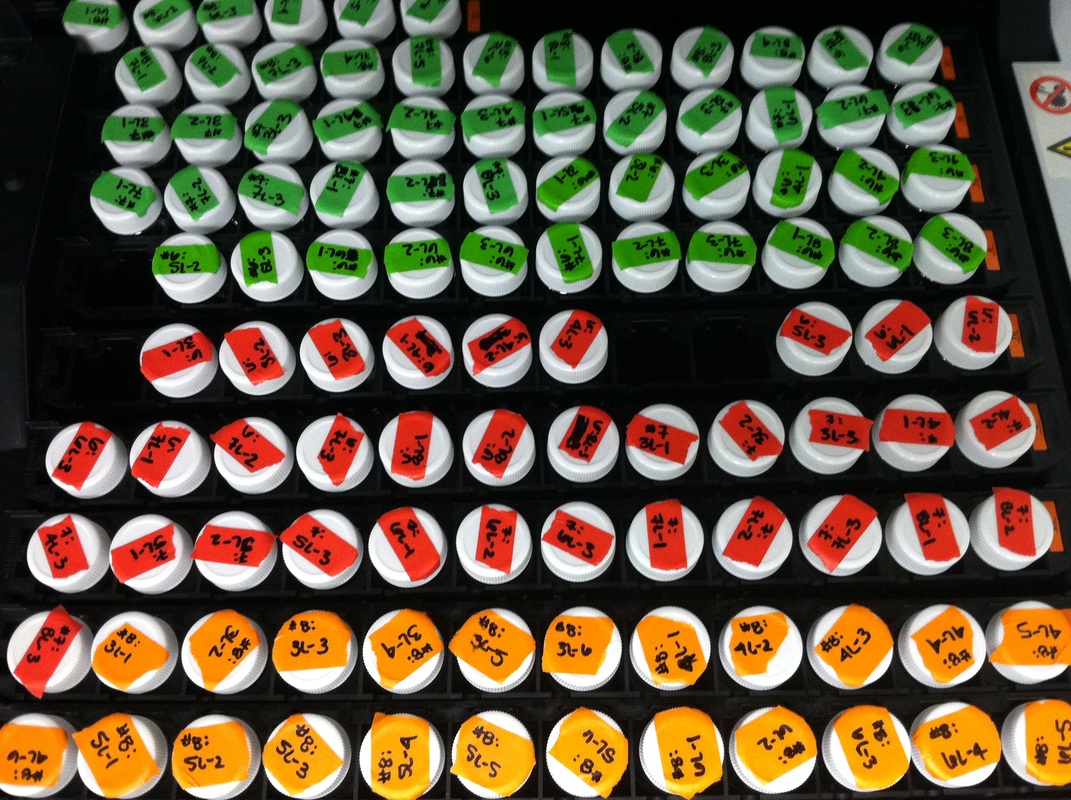
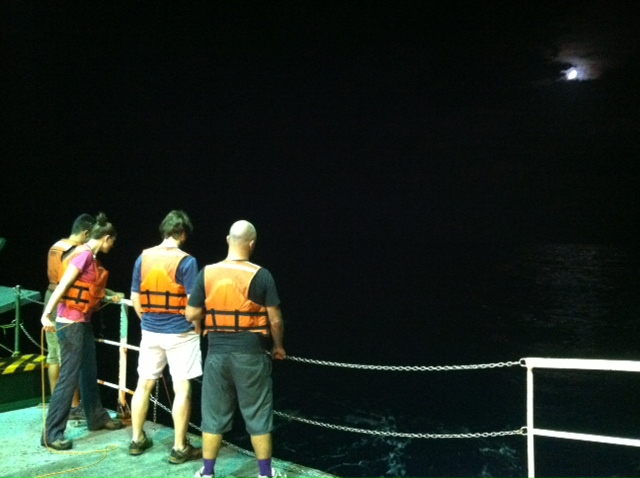
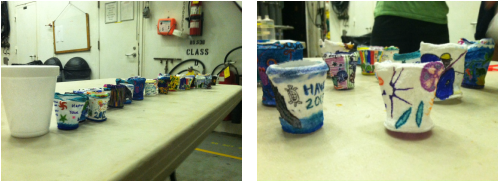
 RSS Feed
RSS Feed